Art and the Mind-Brain
Teaching Gallery
The past decade has seen an explosion of interest in the bearing of cognitive science on the arts. New brain imaging technologies and sophisticated psychological measures have provided insights into the artist’s creative process and the perceiver’s response to art. What goes on in the minds of artists and audiences depends on perception, memory, and thought generally—capacities we ascribe to the brain. This investigation of art elucidates the mind and its relation to the brain; the mind-brain, as it might be called. This research has also led to the development of neuroaesthetics, a new field which addresses questions about beauty, artistic expression, and style in neurological terms.
The Teaching Gallery exhibition Art and the Mind-Brain presents works from the Kemper Art Museum’s collection—by Joseph Albers, Romare Bearden, Georges Braque, Tom Friedman, Naum Gabo, Roy Lichtenstein, Joan Miró, Rembrandt van Rijn, and others—that give rise to a rich variety of aesthetic experiences, which can be explained in terms of a number of competing theories in cognitive science, revealing important aspects of how we see and think. By encouraging viewers to look at the artworks in a new context, it invites critical reflection on a central principle of neuroaesthetics: that the aesthetic and art historical interest of a work of art can be understood in terms of its power to engage the perceptual and cognitive systems of the brain.
This Teaching Gallery exhibition is curated by Mark Rollins, professor of philosophy, in conjunction with his course “Art and the Mind-Brain,” offered by Washington University’s School of Arts & Sciences in spring 2012, and will remain on view from January 27 through April 16, 2012.
Download the Teaching Gallery flyer >>
Selected works
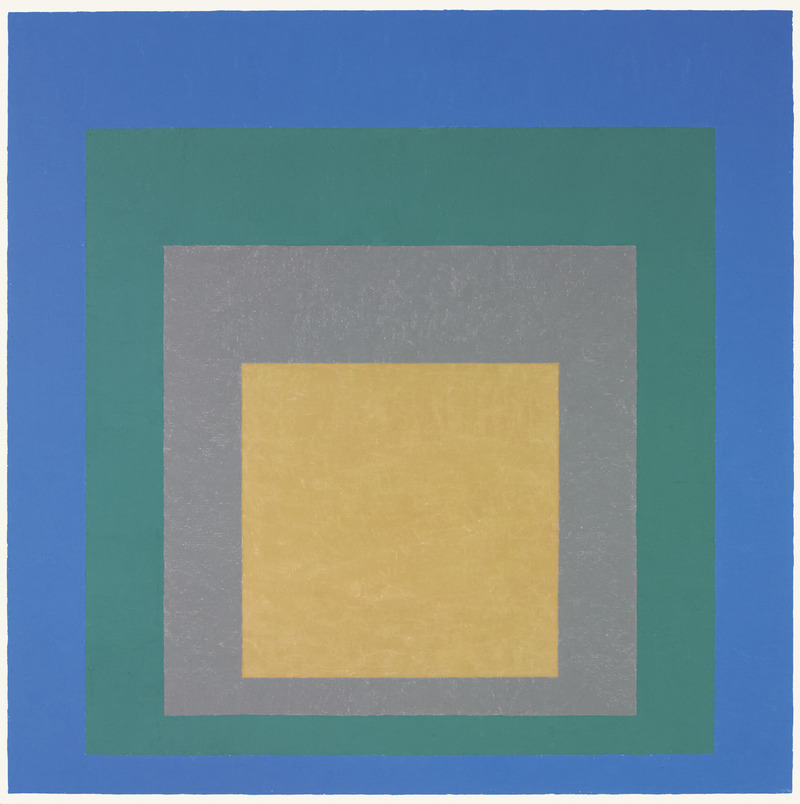
Josef Albers
Homage to the Square: Aurora
1951–55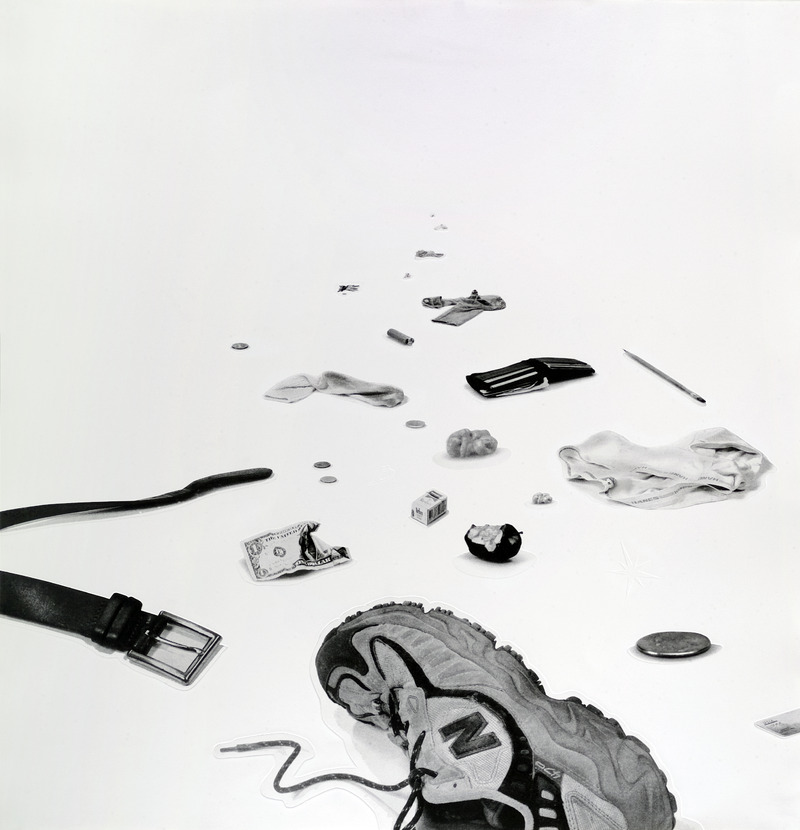
Tom Friedman
Vanishing Point
2006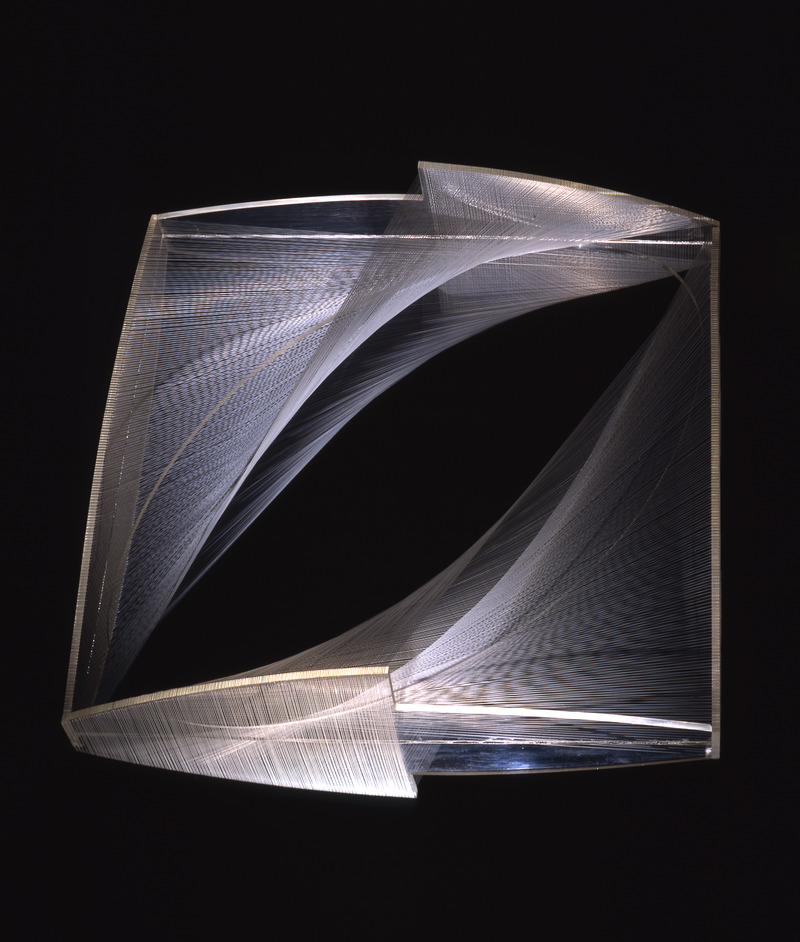
Naum Gabo
Linear Construction in Space No.1 (Variation)
1942–43
Childe Hassam
Diamond Cove, Isles of Shoals
1908
Alexej von Jawlensky
Inspiration
1919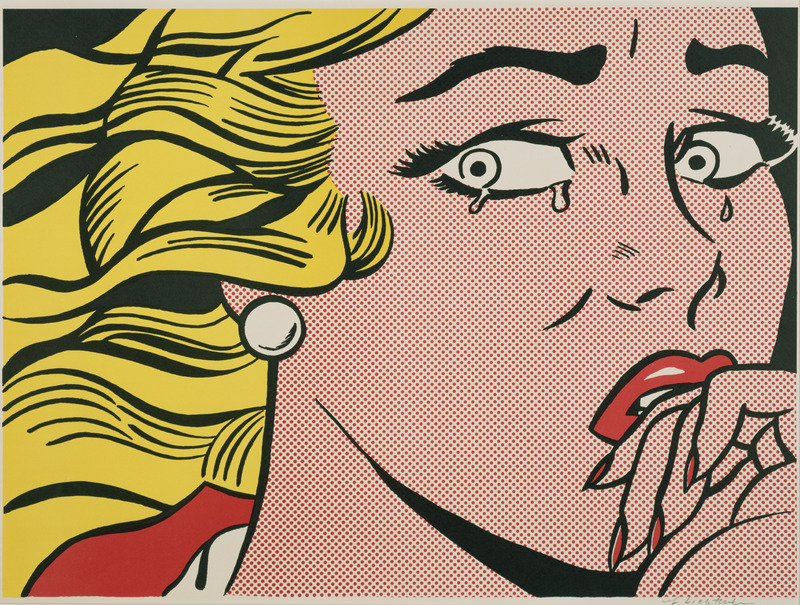
Roy Lichtenstein
Crying Girl
1963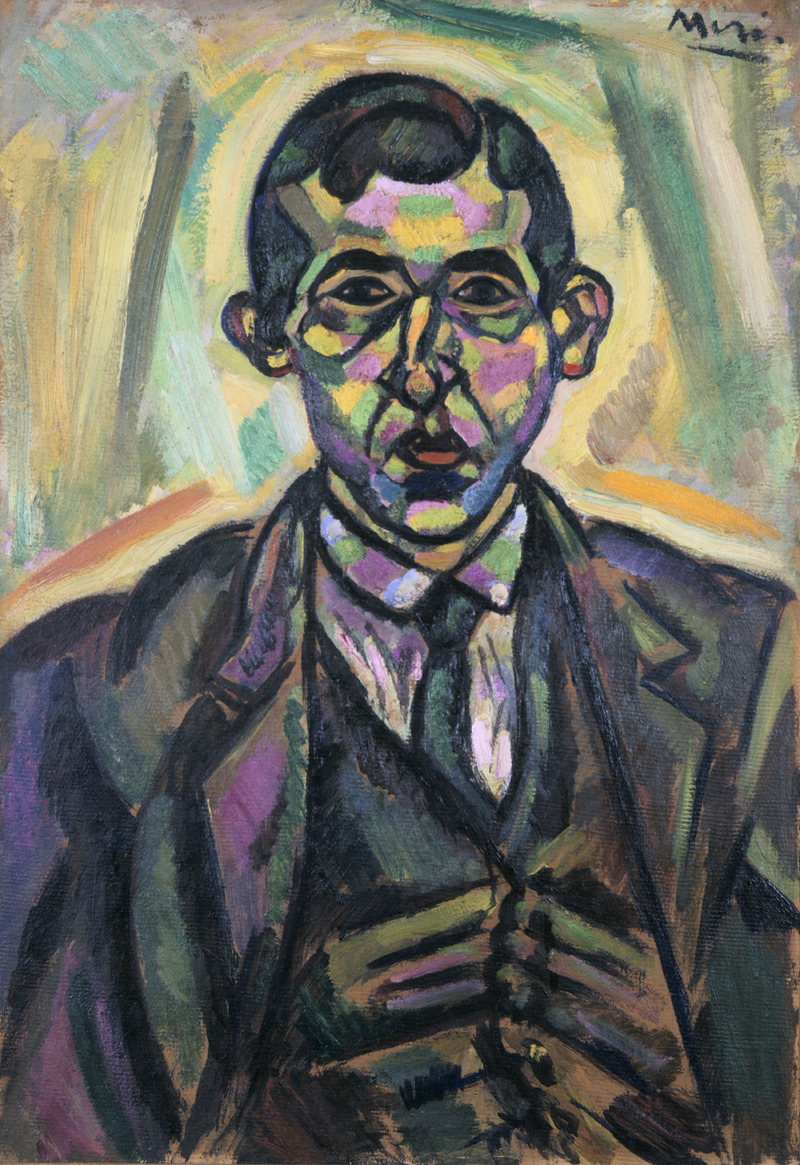
Joan Miró
Portrait of Josep F. Ràfols
1917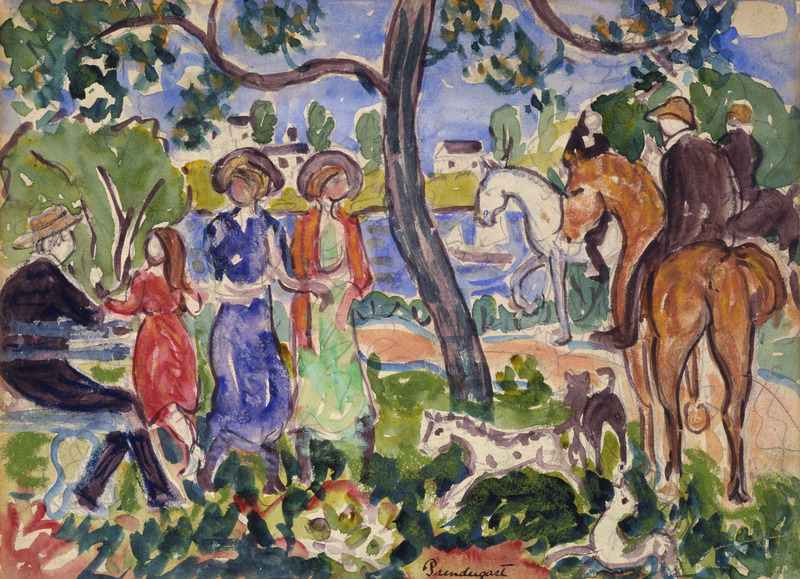
Maurice Prendergast
Riders in the Park
1918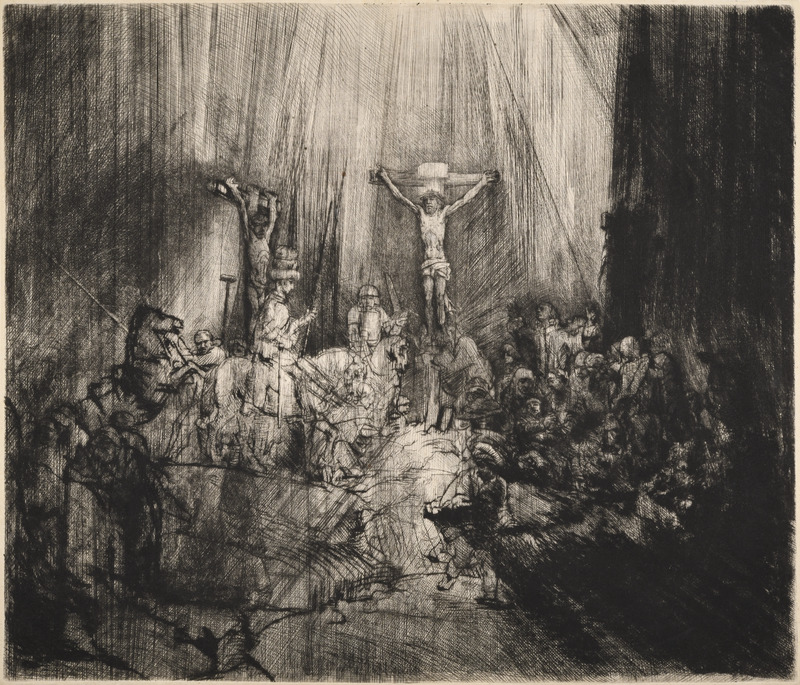
Rembrandt van Rijn
The Three Crosses
1653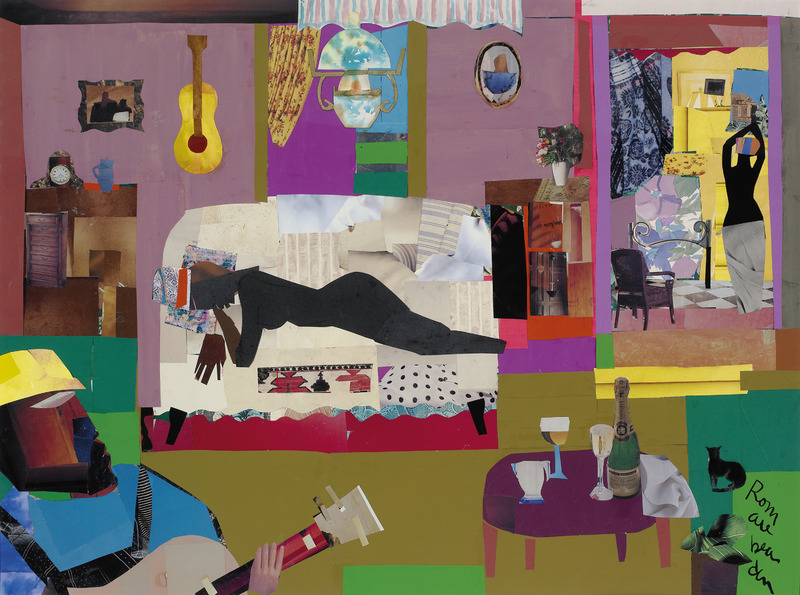
Romare Bearden
Black Venus
1968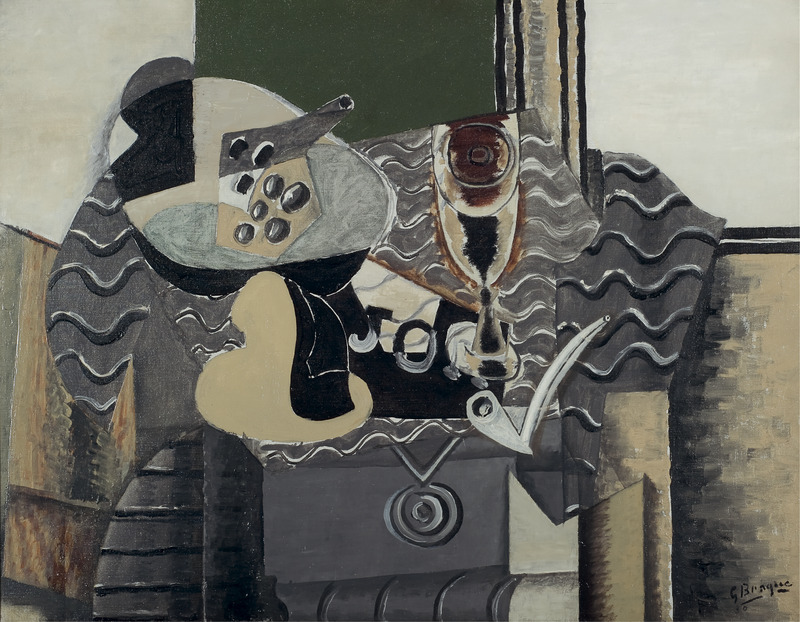
Georges Braque
Nature morte et verre (Still Life with Glass)
1930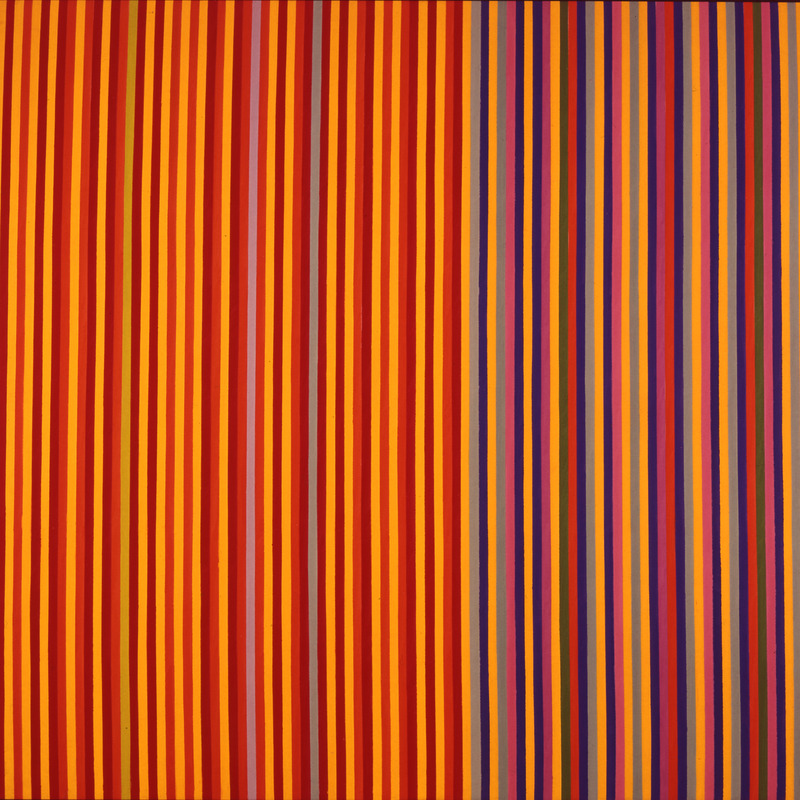
Gene Davis
Equinox
1965
Edgar Degas
Torso (Woman Getting out of a Bath)
c. 1896–1911, cast c. 1919–21Teaching Gallery
The Teaching Gallery is a space in the Kemper Art Museum dedicated to presenting works from the Museum's collection with direct connections to Washington University courses. Teaching Gallery installations are intended to serve as parallel classrooms and can be used to supplement courses through object-based inquiry, research, and learning. Learn more